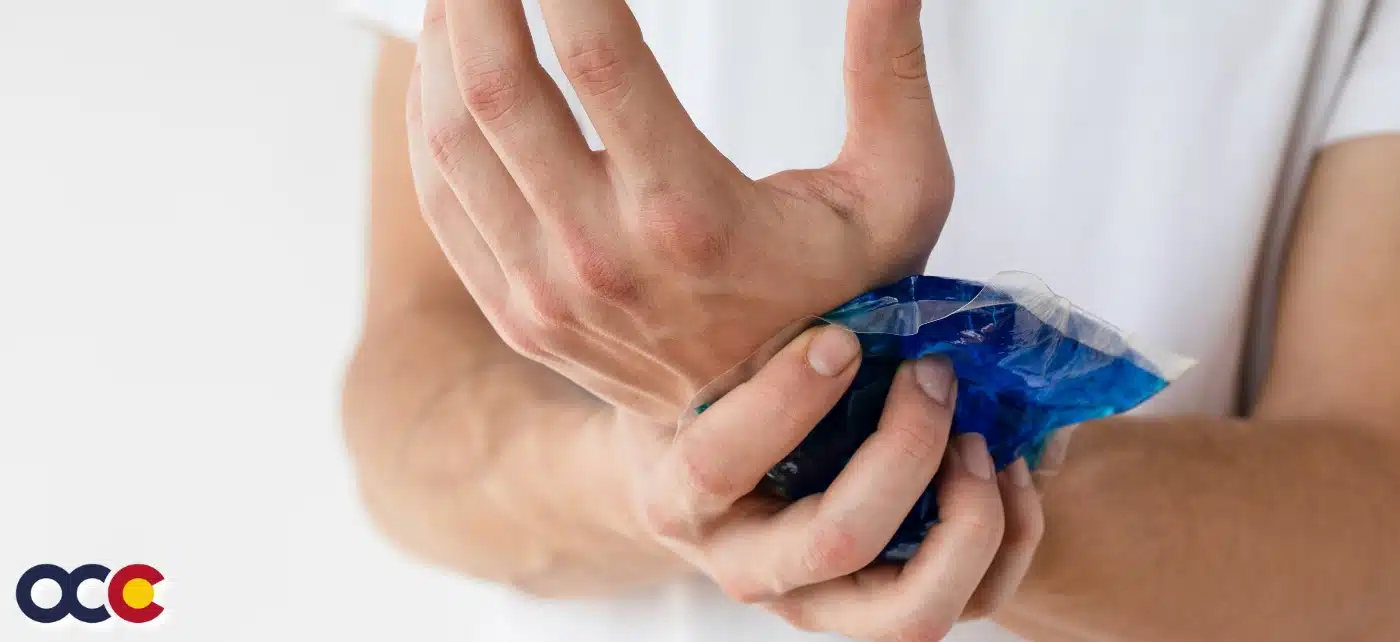A distal radius fracture, often known as a “broken wrist, ” can result in complications that can have long-lasting effects if not treated immediately by an orthopedic specialist. There are two types of distal radius fractures, and one can be an extremely painful and serious injury. Your first and safest start to treatment would be to see one of the experienced surgeons at Advanced Orthopedic & Sports Medicine Specialists in Denver, Parker, and Aurora, Colorado.
OVERVIEW
The radius is one of two forearm bones and is located on the thumb side. The part of the radius connected to the wrist joint is called the distal radius. When the radius breaks near the wrist, it is called a distal radius fracture. Distal radius fractures are a common presentation to emergency departments and urgent care centers and are among the most common injuries seen in an adult orthopedic practice. They account for 25% to 50% of all broken bones. Fractures occur primarily in young adults and people over age 65, with a high incidence in women over age 50.
WHAT IS A DISTAL RADIUS FRACTURE?
Most wrist fractures are the result of a break in the radius bone at the radiocarpal joint—known as a distal radius fracture. The most common location for a distal radius fracture is about one inch from the wrist. The break can take place at different angles and unequal amounts of dislocation. The three prominent types of distal radius fractures are:
- Colles Fracture. A Colles fracture may result from direct impact to the palm, like when using the hands to break up a fall and landing on the palms. The side view of a wrist after a Colles fracture is called a “dinner fork deformity” compared to the shape of a fork facing down. There is a distinct “bump” in the wrist similar to the neck of the fork. It happens because the broken’ end of the distal radius shifts up toward the back of the hand. Colles fractures represent about 90% of all distal fractures.
- Smith’s Fracture. This is almost always caused by a strike or collision to the back of the wrist, as expected when falling backward or on a bent wrist. The end of the radius is displaced or angled in the direction of the palm of the hand. It accounts for about 5% of all radial and ulnar fractures combined.
- Barton’s Fracture. The most common cause of this fracture is a fall on an outstretched wrist. It is a compression injury that extends well into the wrist joint. An MRI is often needed to rule out any damage to the ligaments or soft tissues at the wrist.
Read more about Distal Radius Fractures on our new Orthopedic News Site – Colorado Orthopedic News. Schedule an appointment with a wrist specialist today.










